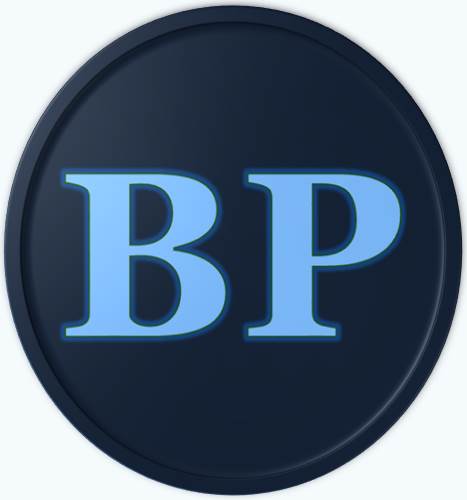I am often asked my thoughts on time sheet approval processes. This is especially true of organizations who are moving from doing nothing, in the chaos or transition level of the P5 continuum, to implementing an automated solution. In order to obtain assurance that time record data is complete and will not be modified in the future, there must be some sort of way for the employee to indicate that they are done with their time sheet and they are prevented from making any additions or corrections. Most commonly, best practices dictate that a time sheet approval process will handle this. This would be where an employee completes their time sheet by submitting it for approval, the time sheet is then locked for editing unless rejected by the approver. If rejected, the time sheet would be opened back up to the employee to make corrections and resubmit. After passing the final level of approval, records are considered “committed” or locked down.
Many companies, especially those with high concentration of knowledge workers, do not currently have a workflow process for this time data. It is often not seen as a business needs to necessitate using an approval process. It is often the perception (incorrect as it may be, in my opinion) that an approval process is equated to a “big brother” measure. To counter this, I suggest a compromise that provides that best of both worlds. I would suggest that a company implementing an automated time or project cost accounting system have the process of the employee submitting the time sheet at the end of the period with no one responsible for actually approving the time sheets. This serves the need of best practices from a standpoint of a) providing a mechanism for the employee to complete and sign off on their time sheet, and b) allows for the use of email notifications and reminders. I have worked with many other customers who have used this same process.
One thing that is imperative to any system is the ability to have customizable reminders, notifications, and messaging that can be set up automatically for different events. This is imperative in that it ensure compliance and, believe it or not, adds to end user’s positive experience of using an automated time collection application. Many time sheet systems include the ability to have a variety of customizable email notifications and reminders to be generated automatically through the approval workflow process. This best practice can be achieved by an organization through having a “submit but not approve” process as detailed above. The more flexibility and configurability you have here, the better, and the more chance you’ll have of a positive employee experiene .
Best Practices for Time Tracking - Approal Process by Bryan Peterson


